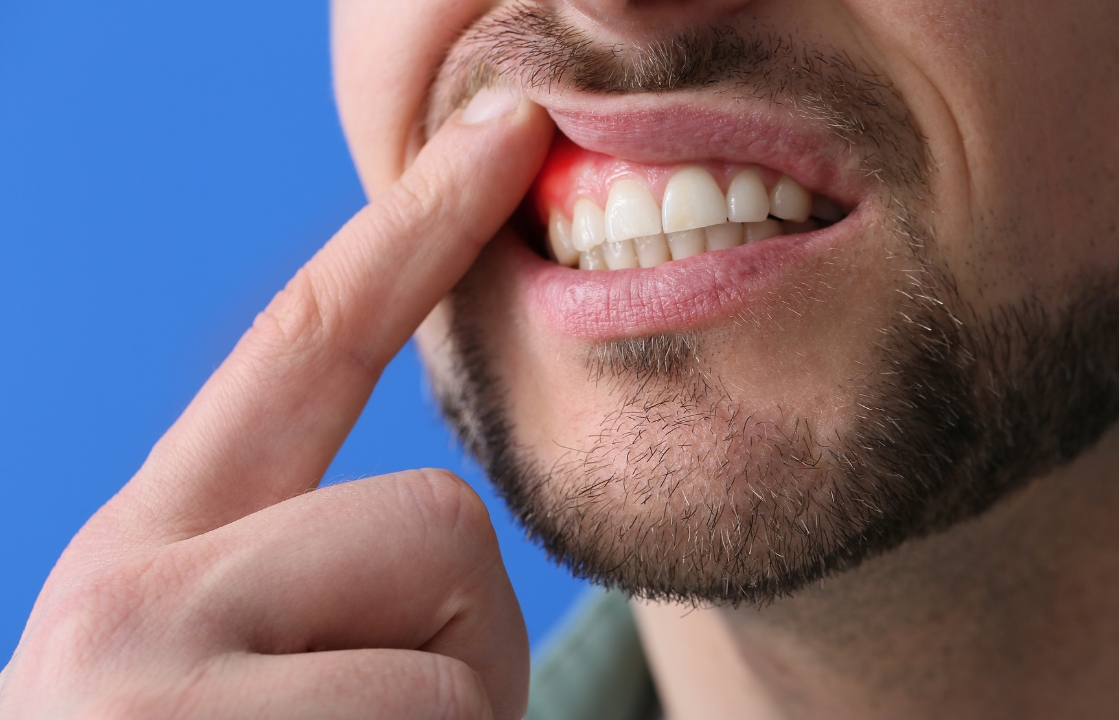$99 New Patient Special - Includes Exam and X-Rays.
All About The Antibiotics Used in Gum Disease

By Dentist At Plum Creek Kyle
Bleeding gums? Bad breath that just won’t go away? You might be dealing with gum disease—and it’s more common than you think. The good news? Antibiotics can help!
In this easy-to-follow blog, we’ll explain how antibiotics work in treating gum disease, when they’re used, and what a dentist might suggest to get your smile back on track.
Why Use Antibiotics for Gum Disease?
Antibiotics fight bacteria—the same bacteria that cause gum infections. In gum disease, antibiotics can help reduce inflammation, stop bacteria from spreading, and give your gums a chance to heal.
They’re usually used along with deep cleaning treatments like scaling and root planing—not as a replacement.
Types of Antibiotics Dentists May Use
Here are some common antibiotics used in treating gum disease:
1. Tetracycline
Known for its strong bacteria-fighting powers. It also slows the breakdown of gum tissue and bone.This antibiotic is especially helpful in treating aggressive forms of periodontitis. It also reduces the enzyme activity that can damage soft tissues around the teeth.
2. Metronidazole
Often used with other antibiotics, especially for severe infections. It’s particularly effective against anaerobic bacteria, which are commonly found in deep gum pockets. Metronidazole is usually prescribed when standard treatment hasn’t worked on its own.
3. Amoxicillin
A common choice that treats a wide range of bacteria. It works by stopping the growth of bacteria and is often combined with metronidazole for stronger results. Amoxicillin is typically well-tolerated and safe for most patients.
4. Clindamycin
Used for people allergic to penicillin. Effective against stubborn bacteria. It penetrates well into bone and gum tissues, making it ideal for more advanced cases. However, it must be used with caution as it can sometimes cause gastrointestinal upset.
5. Doxycycline
Can be given as a pill or gel placed right into the gum pockets. It not only kills bacteria but also helps reduce inflammation and slow tissue breakdown. Doxycycline is often used in a controlled-release form for long-lasting effects in the gum areas.
How Are These Antibiotics Given?
There are two main ways you might receive antibiotics for gum disease:
- Topical antibiotics: These are placed directly into the gum pockets (as a gel, strip, or chip).
- Oral antibiotics: These come as pills or capsules you take by mouth.
The choice depends on how severe your gum disease is and what a dentist in Kyle thinks will work best for you.
Always follow our dentist’s instructions and tell them if anything feels off while taking the medication.
According to the CDC, nearly 47% of adults over age 30 have some form of gum disease. Early treatment with antibiotics and proper dental care can make a huge difference.
Do Antibiotics Alone Cure Gum Disease?
Here’s the truth: antibiotics help, but they don’t replace good oral care. Brushing twice a day, flossing, and regular dental checkups are still the main defense.
Antibiotics work best when combined with professional cleaning and a good daily routine.
Let Antibiotics Support Your Smile
Antibiotics aren’t always necessary, but when gum disease gets serious, they can be a powerful tool in your recovery. Whether it’s a short-term pill or a targeted gel, these treatments help your gums fight infection and heal faster.
If your gums are swollen, tender, or bleeding—don’t wait. See our dentist as soon as possible. Early action means fewer complications and better long-term oral health.
Need help figuring out the best treatment for your gums? A quick dental visit can save your smile.





